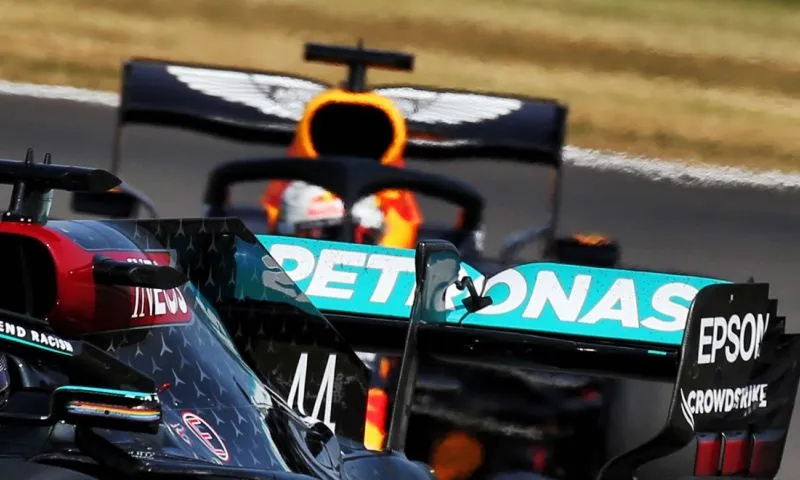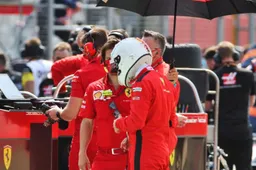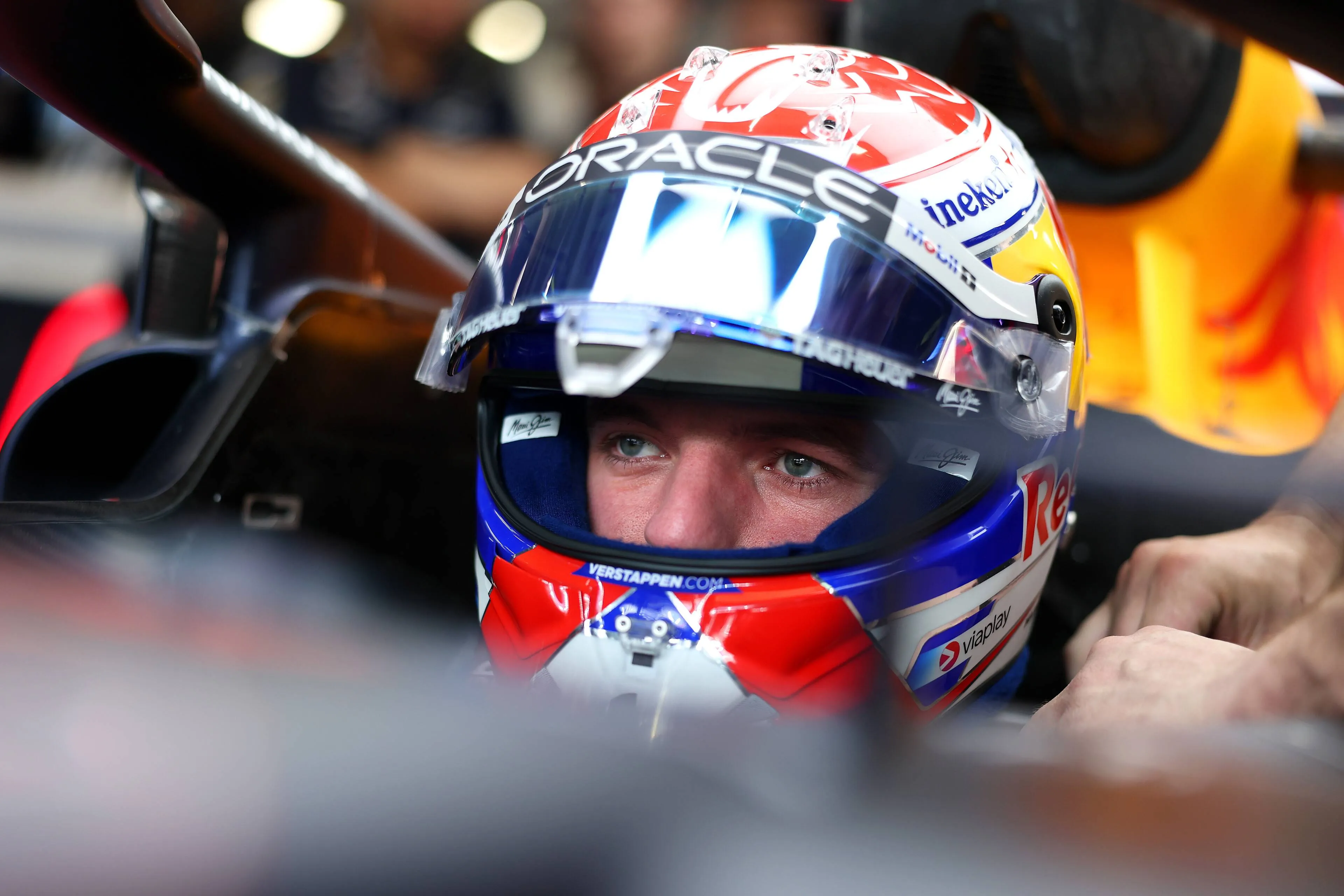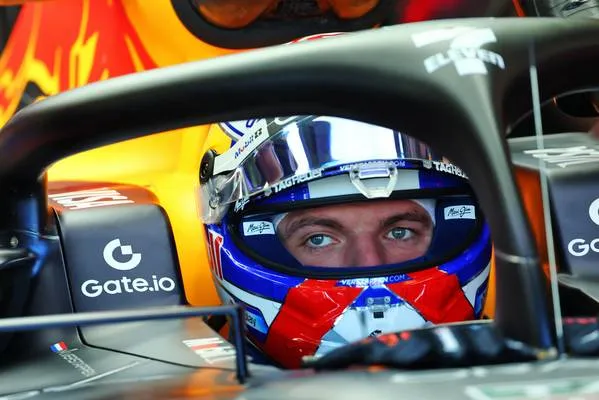Flexing rear wings discovered: 'Red Bull Racing's drops 3 centimeters'
17:17, 10 Aug 2020
7 Comments
During the second Grand Prix at the Silverstone circuit last weekend, the rear of the Mercedes W11 came into view frequently. The direction wanted to show the wear and tear on the tyres of Valtteri Bottas and Lewis Hamilton, but journalist Franco Nugnes and artist Giorgio Piola of Motorsport.com noticed something else.
The FIA has been struggling with the teams for over a decade and a half over flexing wings. Every time the FIA seems to have found a test to prevent this, we see wings sagging at high speed again after a while. This is a very efficient way to gain top speed without losing downward pressure in the curves.
Mercedes certainly isn't the only one
The guys from Motorsport.com noticed last weekend at the Mercedes that the rear wing 'snaps' above a certain speed with a rather abrupt movement to the inside of the corner and thus follows the rolling movement of the car. At Ferrari and Red Bull Racing a similar system would be present, which causes the rear wing to drop as much as three centimetres on the RB16.
If these cars have passed the tests for sagging the rear wing and are therefore just legal. Nevertheless, this is something the FIA will want to eliminate quickly for safety reasons and so the expectation is that they will come this week with a new directive of the regulations
Read more about:
Popular on GPBlog

1
F1 LIVE | Verstappen and Red Bull warned, early exit from Ferrari predicted for Hamilton
842 times read
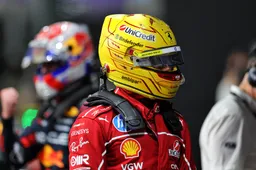
2
F1 Today | Hamilton exit predicted, and exclusive interview with former F1 driver
674 times read
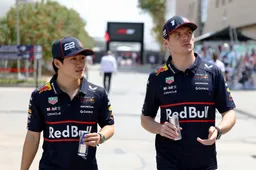
3
How Tsunoda compares to Verstappen versus Lawson in 2025
632 times read

4
Horner calls Verstappen's 2021 title win 'the highlight of Red Bull's history'
591 times read
